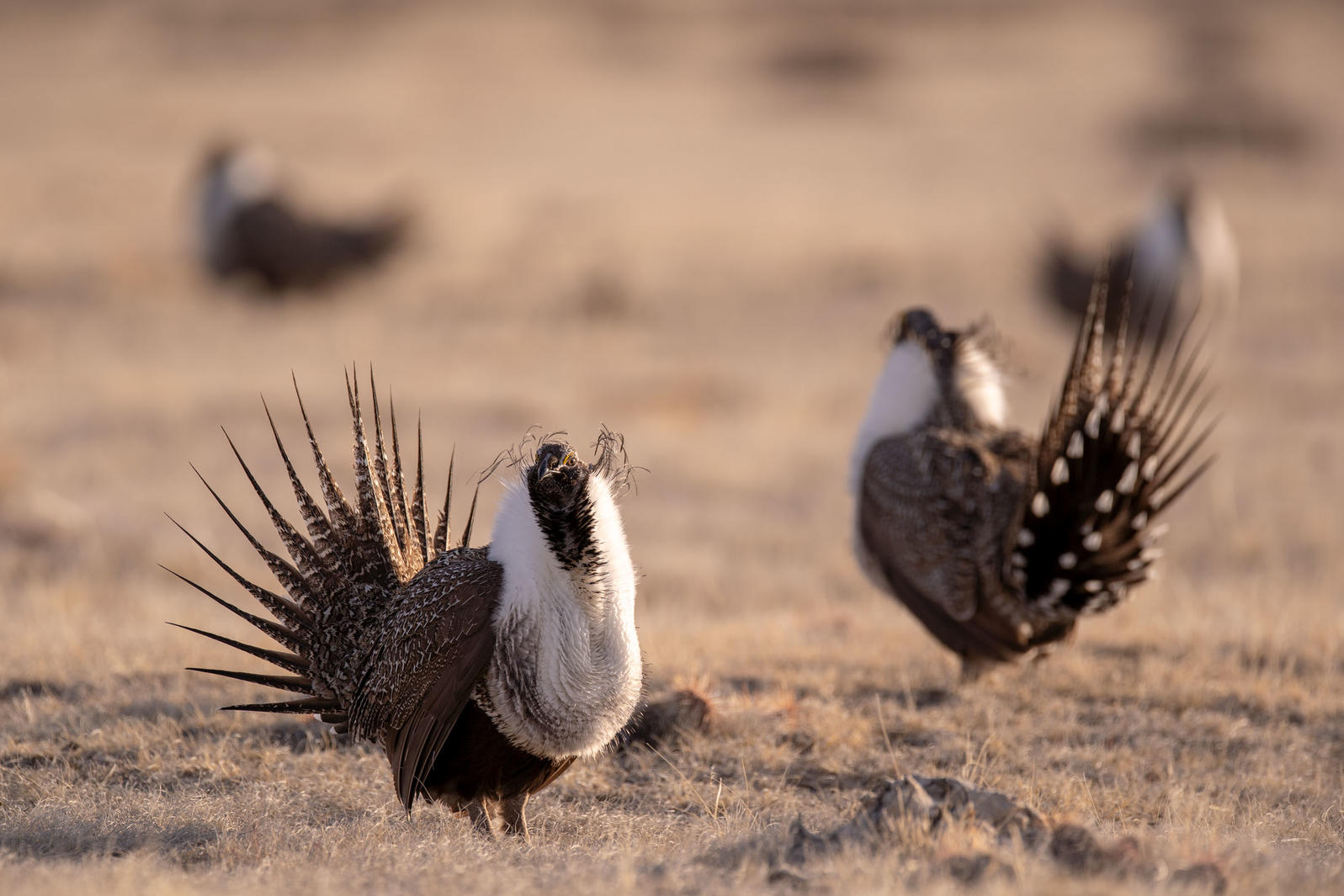Preserving Wyoming’s Iconic Sage Grouse: A Tale of Conservation and Collaboration

Wyoming’s vast landscapes are not only home to breathtaking vistas and iconic wildlife but also to a symbol of the American West – the Greater sage grouse. These birds, known for their elaborate mating displays and intricate habitats, have long captured the imagination of both locals and visitors alike. However, their existence has been increasingly threatened, prompting concerted efforts for conservation and preservation across the state.
The Majesty of the Sage Grouse
The Greater sage grouse, a charismatic bird species native to the sagebrush ecosystems of the western United States, is particularly emblematic of Wyoming. With its intricate mating rituals performed on communal display grounds known as leks, the sage grouse embodies the essence of the region’s wilderness.
Males strut and puff out their chests, creating a spectacle that draws both admiration and reverence. Yet, behind this majestic display lies a fragile existence, intricately tied to the health of Wyoming’s sagebrush habitats.
Conservation Challenges
In recent decades, the sage grouse population has faced significant challenges, primarily due to habitat loss and fragmentation. Factors such as agriculture expansion, energy development, and invasive species encroachment have all contributed to the decline of sagebrush ecosystems, upon which the sage grouse depends for survival.
Collaborative Conservation Efforts
Recognizing the urgency of the situation, various stakeholders in Wyoming have joined forces to protect the sage grouse and its habitat. The Wyoming Game and Fish Department, alongside federal agencies, conservation organizations, ranchers, and local communities, has implemented a range of conservation measures aimed at safeguarding these iconic birds.
One such initiative involves the establishment of conservation easements and habitat restoration projects to preserve critical sagebrush habitats. These efforts not only benefit the sage grouse but also support the overall health and biodiversity of Wyoming’s landscapes.
In 2023 the Wyoming Game and Fish Department has reported a 15% increase in attendance at Greater sage grouse leks compared to 2022.
Looking Ahead: Challenges and Opportunities
While progress has been made in conserving Wyoming’s sage grouse, significant challenges remain on the horizon. Climate change, habitat degradation, and competing land uses continue to pose threats to the species’ survival.
However, amidst these challenges lie opportunities for innovation and collaboration. By leveraging scientific research, community partnerships, and adaptive management strategies, Wyoming can chart a path towards a future where sage grouse thrive in their natural habitat.
Conclusion
The sage grouse of Wyoming embodies the spirit of the American West – resilient, majestic, and deeply intertwined with the landscapes they inhabit. As stewards of this natural legacy, it is our collective responsibility to ensure the continued survival of these iconic birds and the sagebrush ecosystems they call home. Through collaboration, conservation, and a shared commitment to preserving our natural heritage, we can safeguard Wyoming’s sage grouse for generations to come.
13 thoughts on “Preserving Wyoming’s Iconic Sage Grouse: A Tale of Conservation and Collaboration”